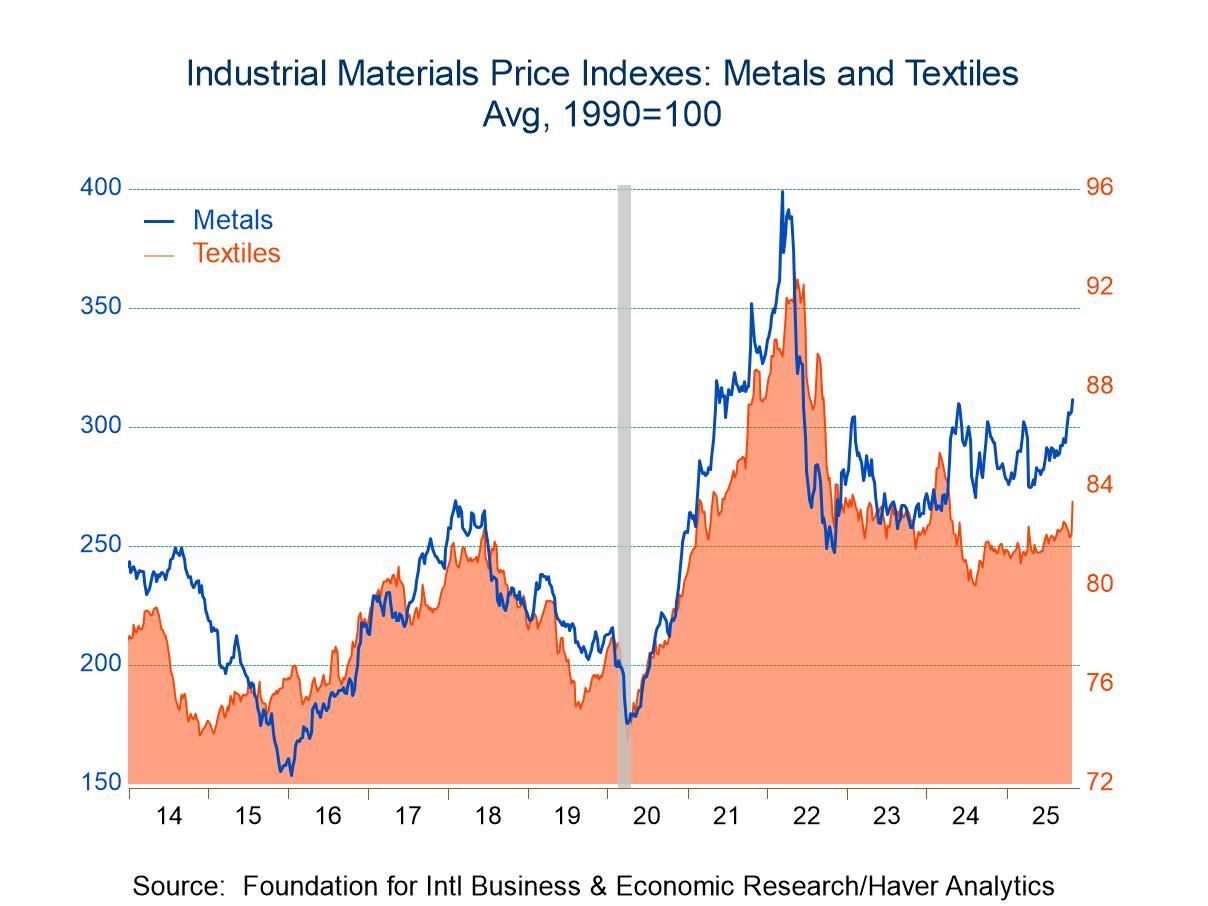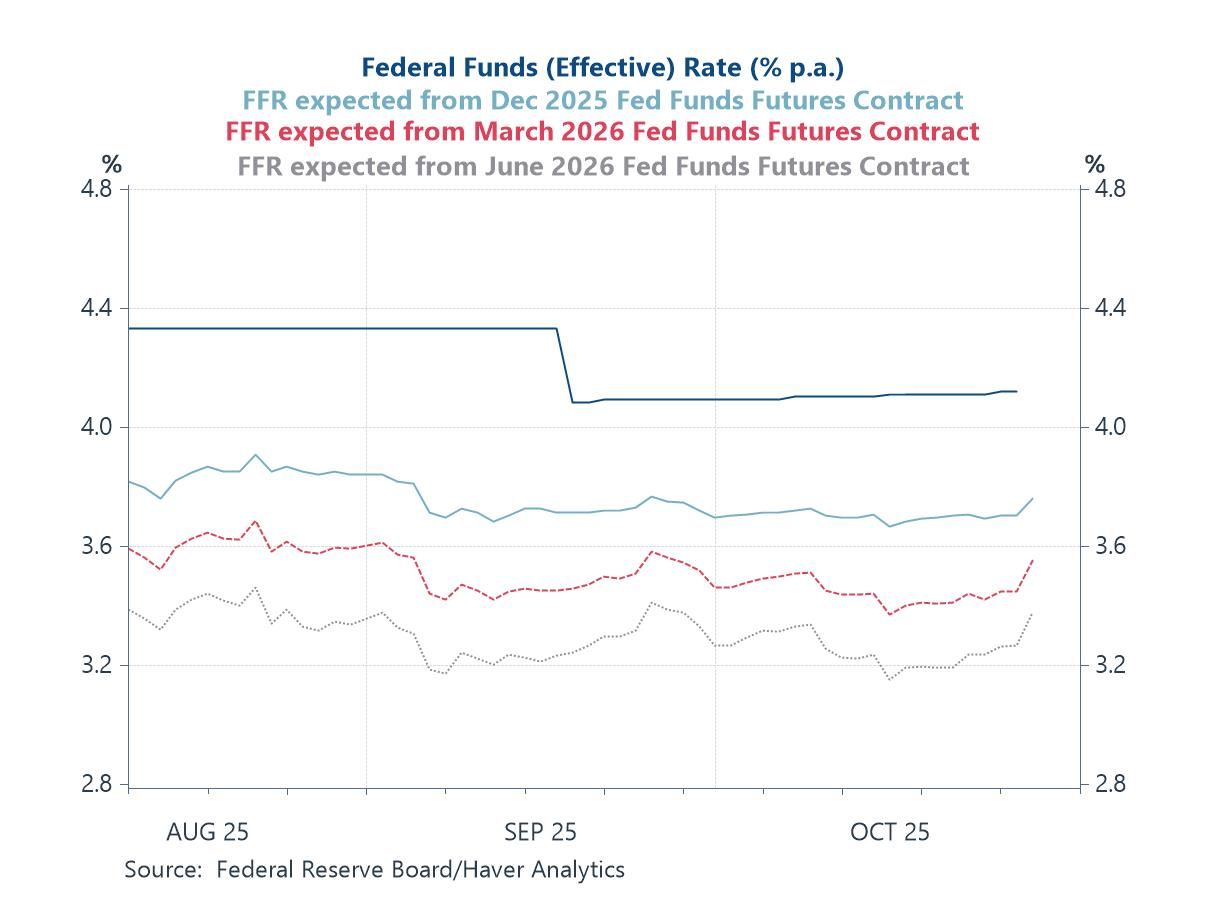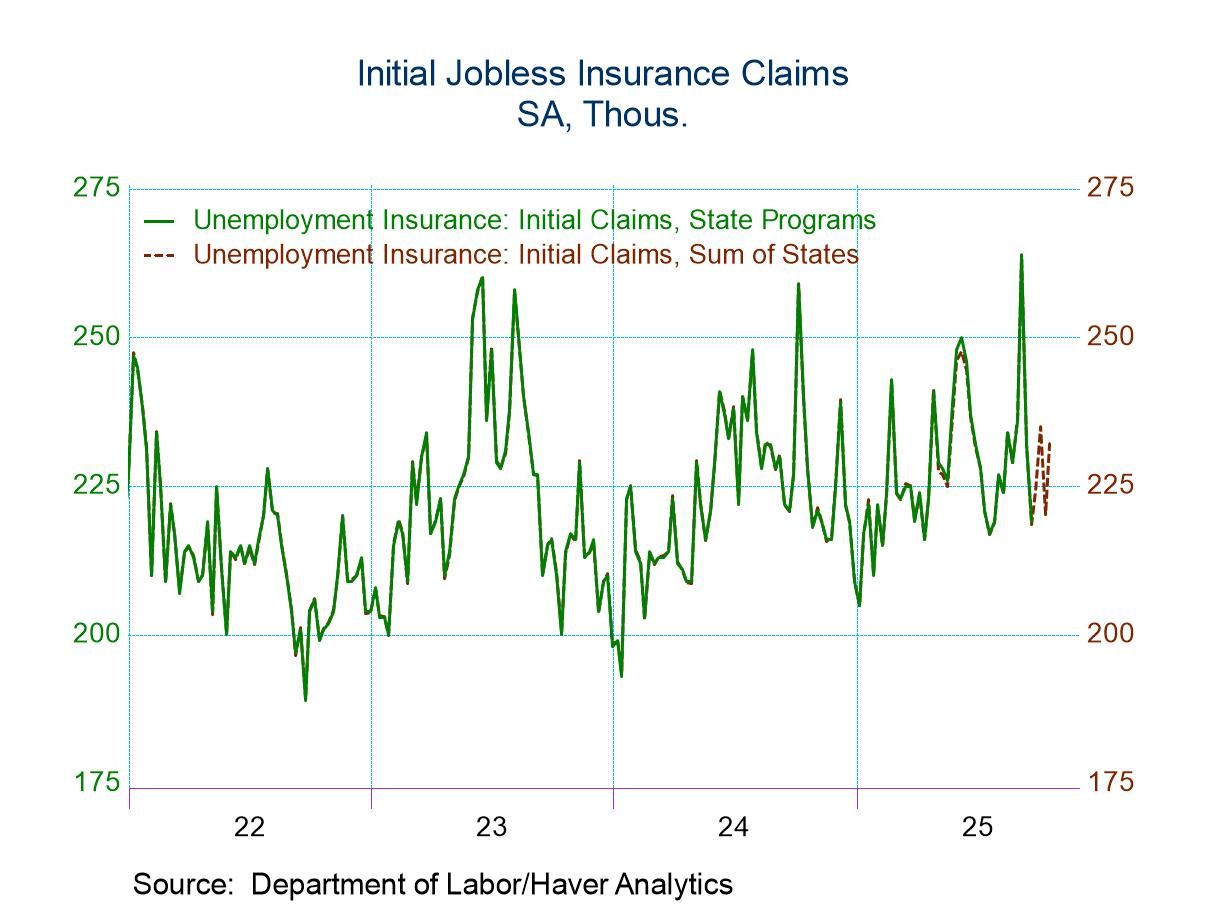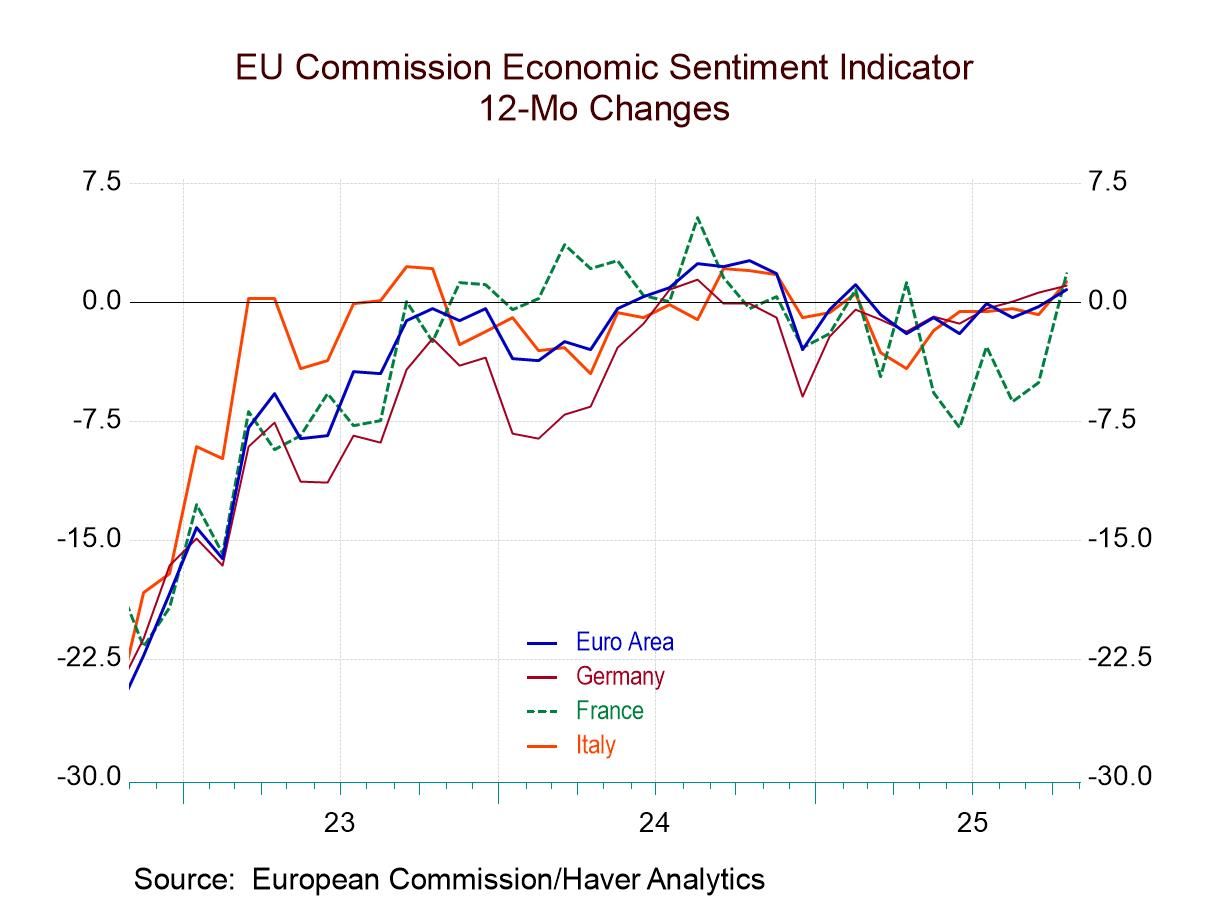U.S. JOLTS: Job Openings Rate Improves in October
by:Tom Moeller
|in:Economy in Brief
Summary
- Job openings return to near-record level.
- Hiring is little changed.
- Quits decline after four consecutive increases.


The Bureau of Labor Statistics reported that on the last business day of October, the total job openings rate rose to 6.9% from 6.7% in September, revised from 6.6%. The rate hit a record 7.0% in July of this year. The job openings rate is calculated as job openings as a percent of total employment plus jobs that have not yet been filled. The level of job openings surged 4.1% (60.5% y/y) to 11.033 million from 10.602 million in September. The level of hiring fell 1.3% (+7.1% y/y) as the hiring rate held steady at 4.4%. The rate remained well above the 3.8% low this past January. The overall layoff & discharge rate remained at the record low of 0.9% for the third straight month. The quits rate eased to 2.8% from the record 3.0% in September and compared to the most recent low of 1.6% in April 2020. The level of quits rose 24.0% y/y to 4.157 million. The JOLTS figures date back to December 2000.
The private-sector job openings rate returned to the record 7.4% after falling to 7.1% in September. It has improved from a 3.6% low in April 2020. The highest rates were in leisure & hospitality (10.3%) and professional & business services (7.9%). The government sector job openings rate fell to an elevated 4.0% from 4.3%. The level of private sector job openings rose 5.2% to 10.118 million, up nearly two-thirds y/y. The number of government job openings fell 7.5% (+30.6% y/y).
The private sector hiring rate fell to 4.8% in October, the lowest rate since May. A hiring rate of 8.0% in leisure & hospitality accompanied a 5.0% rate in construction. In the government sector, the hiring rate was 1.7%. The level of private sector hiring declined 1.7% in October (+7.1% y/y) to 6.10 million. The government sector jobs level rose 7.1% (7.4% y/y) in October.


Data on job separations reflect a combination of layoffs and quits. The total separations rate eased to 4.0% in October and compared to the record 10.8% in March of last year. The private separations rate fell to 4.4% in October and compared to a low of 3.7% in May of last year. The government sector separation rate edged higher to 1.6% in October, remaining up from the record low 1.2% in both June and July. The level of all separations rose 8.6% y/y. Private sector separations increased 13.7% y/y led by a 34.2% y/y rise in leisure & hospitality and a 25.6% y/y gain in information sector separations.
The layoff & discharge rate in the private sector returned to the record low of 1.0%. The 0.6% layoff & discharge rate in education & health services compared to 1.6% in professional & business services. These compared to 0.3% in government.
Workers continue to look for new job opportunities. The private sector quits rate of 3.1% remained well above its 2.6% rate one year ago. The rate has been trending higher since the low of 1.8% in the spring of 2020. It compared to a 0.9% quits rate in government. The October level of job quits in the private sector increased 26.5% y/y. In government, the level of quits declined 10.1% y/y.
The Job Openings and Labor Turnover Survey (JOLTS) are available in Haver's USECON database.


Tom Moeller
AuthorMore in Author Profile »Prior to joining Haver Analytics in 2000, Mr. Moeller worked as the Economist at Chancellor Capital Management from 1985 to 1999. There, he developed comprehensive economic forecasts and interpreted economic data for equity and fixed income portfolio managers. Also at Chancellor, Mr. Moeller worked as an equity analyst and was responsible for researching and rating companies in the economically sensitive automobile and housing industries for investment in Chancellor’s equity portfolio. Prior to joining Chancellor, Mr. Moeller was an Economist at Citibank from 1979 to 1984. He also analyzed pricing behavior in the metals industry for the Council on Wage and Price Stability in Washington, D.C. In 1999, Mr. Moeller received the award for most accurate forecast from the Forecasters' Club of New York. From 1990 to 1992 he was President of the New York Association for Business Economists. Mr. Moeller earned an M.B.A. in Finance from Fordham University, where he graduated in 1987. He holds a Bachelor of Arts in Economics from George Washington University.





 Global
Global
